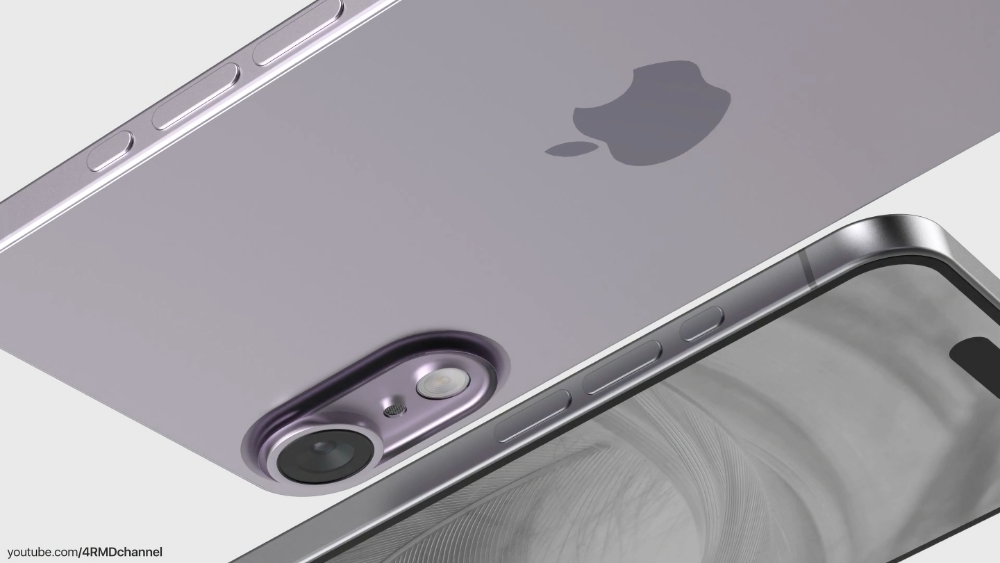The Base iPhone 17 May Only Get Last Year’s A18 Chip
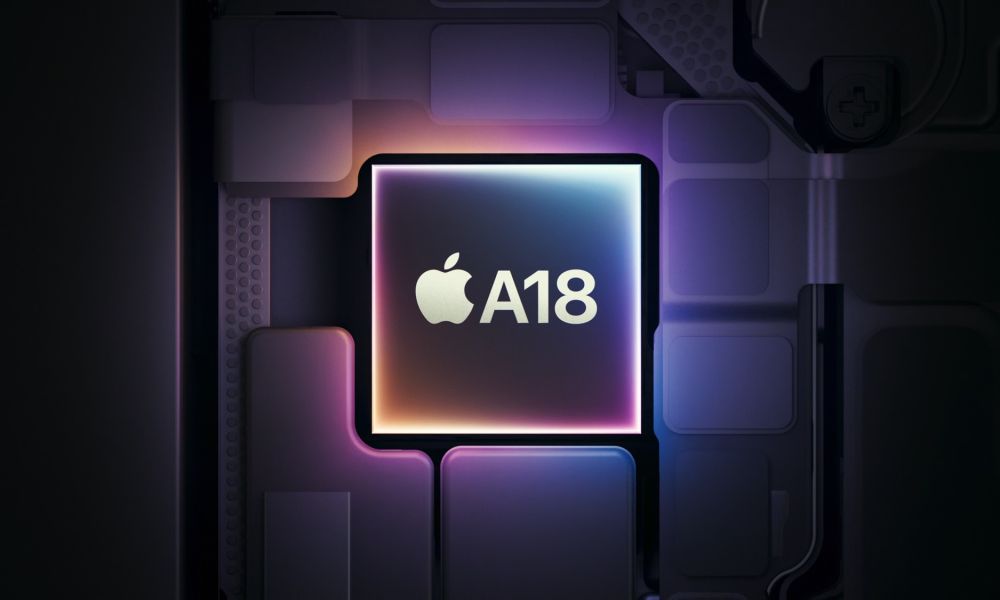
Toggle Dark Mode
In what feels like a bit of deja vu, a new report suggests that at least one of this year’s iPhone 17 models won’t get any meaningful chip upgrades. Instead of moving to a new A19 chip, the base iPhone 17 could end up stuck with the A18 chip used in the current iPhone 16 models.
This new info comes from Jeff Pu of GF Securities, who previously predicted the entire lineup would gain A19 variants. However, now Pu is changing course, saying that the lowest-end will not only get an A18 chip but will get the same A18 chip that’s in the iPhone 16.
If true, that would signal a return to Apple’s 2022–2024 release strategy, during which it used prior-year chips in the latest standard iPhones, but it would actually be slightly worse. According to Pu, the A18 will still be manufactured using TSMC’s second-generation 3-nanometer N3E process rather than the newer N3P expected to be used for the A19 family.
While the iPhone 14 and iPhone 15 also reused older chips, those models received modest chip upgrades, as each adopted the prior year’s iPhone Pro chips.
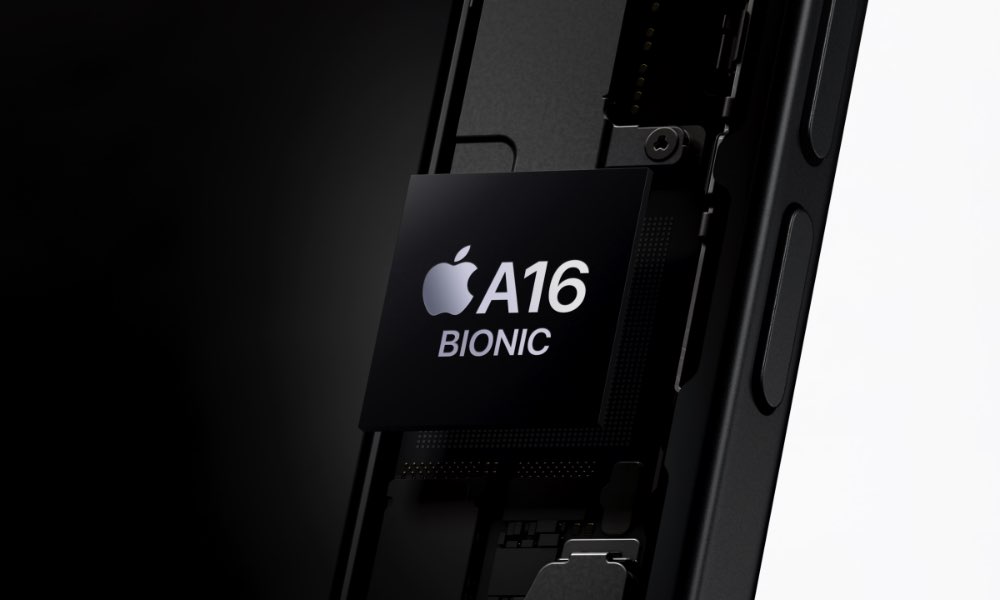
Although the iPhone 13 and iPhone 13 Pro processors had the same “A15” moniker, the iPhone 13 Pro version had a five-core GPU, versus four cores in the iPhone 13 and iPhone 13 mini. When Apple introduced the standard iPhone 14 and iPhone 14 Plus with the A15 chip in 2022, it used the five-core version from the iPhone 13 Pro.
Meanwhile, the iPhone 14 Pro moved on to an A16 chip. In 2023, Apple seemingly made it clear that using older chips in lower-end models would become the norm when the iPhone 15 adopted the A16 chip, while the iPhone 15 Pro used the brand new — and substantially more powerful — A17 Pro.
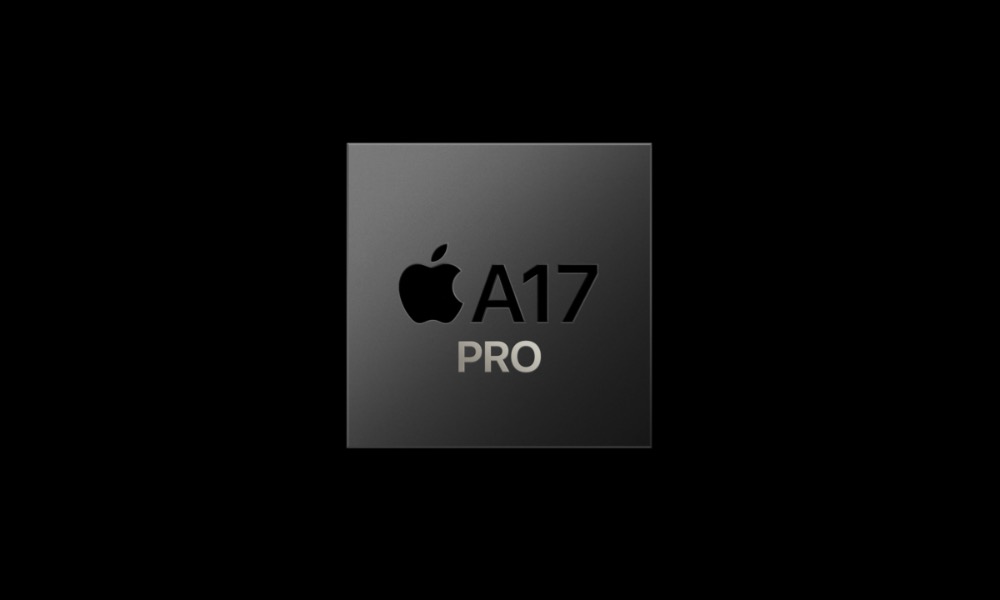
That created a conundrum for the iPhone 16 lineup. Some speculated that Apple might release a scaled-down “A17” for the iPhone 16 while moving on to an A18 Pro for the iPhone 16 Pro. However, the company surprised us when it debuted the A18 for those models instead. The A18 was also used in the iPhone 16e, providing a consistent experience across the entire family.
This seemingly signaled a new way forward, with Apple releasing two new chips for each year’s iPhone lineup: a standard chip for the base models and a more powerful version of the same chip for the pro models. This led to the logical assumption that this year would see the arrival of the A19 and A19 Pro, followed by the A20 and A20 Pro next year, and so on.
Pu’s analysis suggests that Apple will instead revert to its previous behavior in an even more unusual way. In addition to using the identical chip from the iPhone 16 in this year’s iPhone 17, Pu believes that Apple still plans to introduce an A19, but only for one iPhone model: the so-called “iPhone 17 Air.”
While this could be one way of setting the iPhone 17 Air apart from the standard iPhone 17 (beyond merely its thinner and more elegant profile), it seems unusual for Apple to go to the trouble of creating an A19 chip that would only be used in a single model that might not even be a hot seller.
Meanwhile, it’s unclear what Apple’s plans would be for the iPhone 17e. If such a device is released next year as a successor to the iPhone 16e, it would also presumably feature an A18 chip, as it seems unlikely that Apple would upgrade the iPhone 17e to an A19 while the pricier iPhone 17 is still using an A18 chip.
On the upside, this could finally be the year the standard iPhone 17 gets a 120Hz display. While we’ve heard this song before, multiple rumors suggest that Apple plans to move to 120Hz across the board, although it’s less clear if this will be the same variable refresh rate display found on the iPhone Pro models. The ProMotion displays that Apple has been using for the past few years can vary their refresh rates from 1Hz to 120Hz, which allows for lower power consumption and always-on display capabilities. The iPhone 17 might match competing Android handsets by getting as high as 120Hz, but that doesn’t mean it will be able to drop below 60Hz.
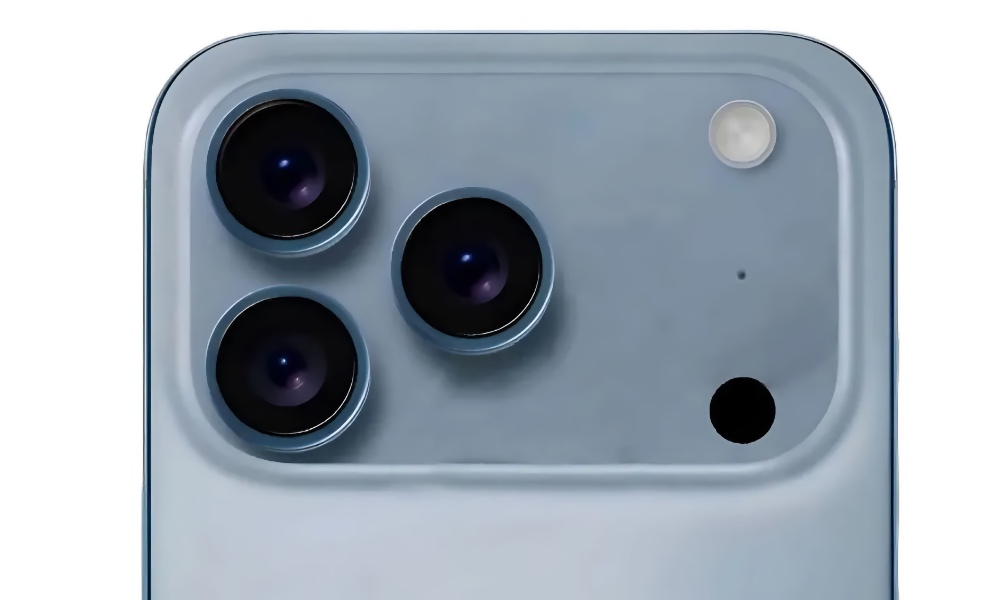
There have also been reports that Apple will increase the RAM in this year’s iPhones to 12 GB to make more room for more sophisticated on-device AI large language models (LLMs) to be used by future Apple Intelligence enhancements. There’s strong evidence that Apple will do that for the iPhone 17 Pro models, but the status of the iPhone 17 and “iPhone 17 Air” have been less clear. If Pu is correct about the use of an A18 chip in the iPhone 17, it’s very likely this will also still only have 8 GB of RAM, as the memory is integrated into the Apple silicon. The iPhone 17 Air could go either way with the non-pro A19 chip.
While Pu’s predictions aren’t out of the question, they still feel a little out of left field as it would suggest that Apple plans to mix things up more than usual among this year’s iPhones. Like most analysts, Pu’s information comes from the supply chain, and it’s possible sources might be confusing something else Apple has in store for the A18 chip with its plans for the iPhone 17. Like all such reports, it’s best to take this with a grain of salt, especially since Pu is a lone voice here, but Apple is also breaking new ground with the “iPhone 17 Air” this year, so it will be interesting to see what happens.
[The information provided in this article has NOT been confirmed by Apple and may be speculation. Provided details may not be factual. Take all rumors, tech or otherwise, with a grain of salt.]


